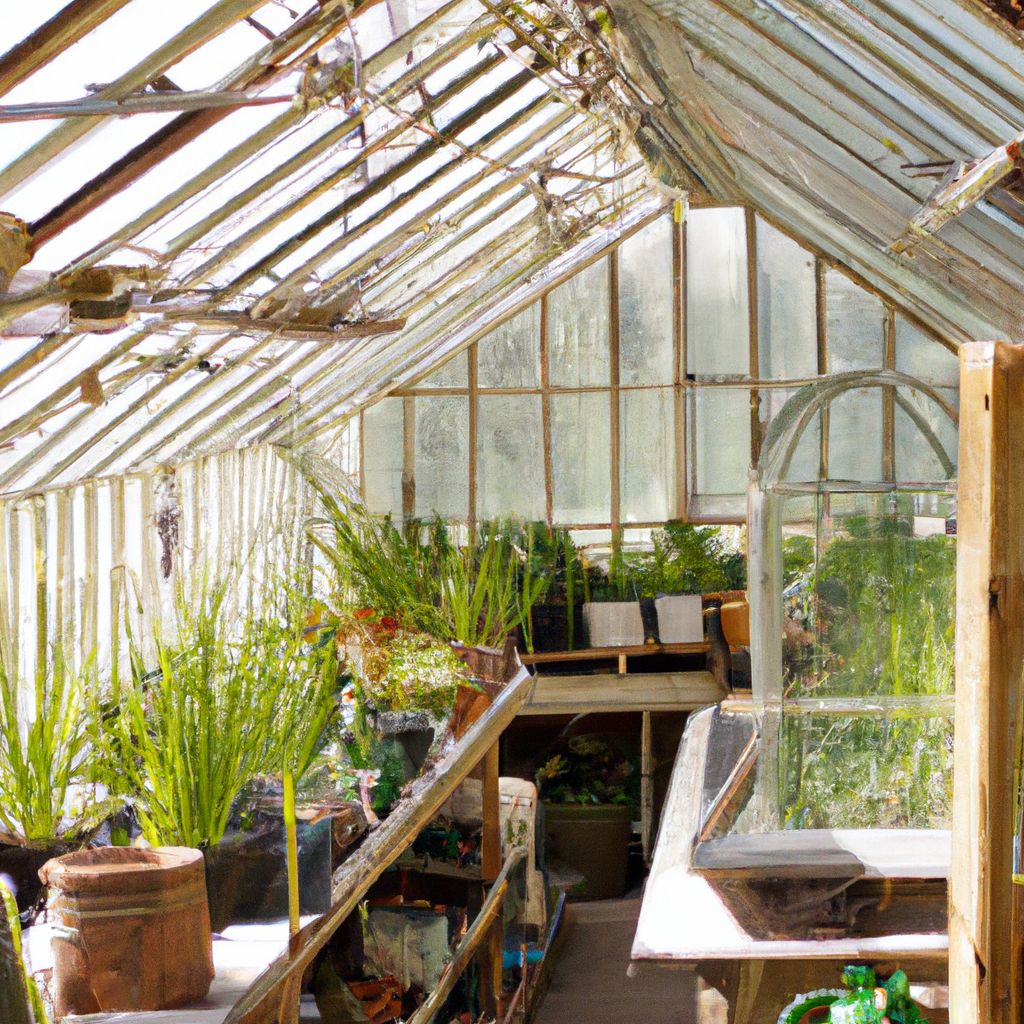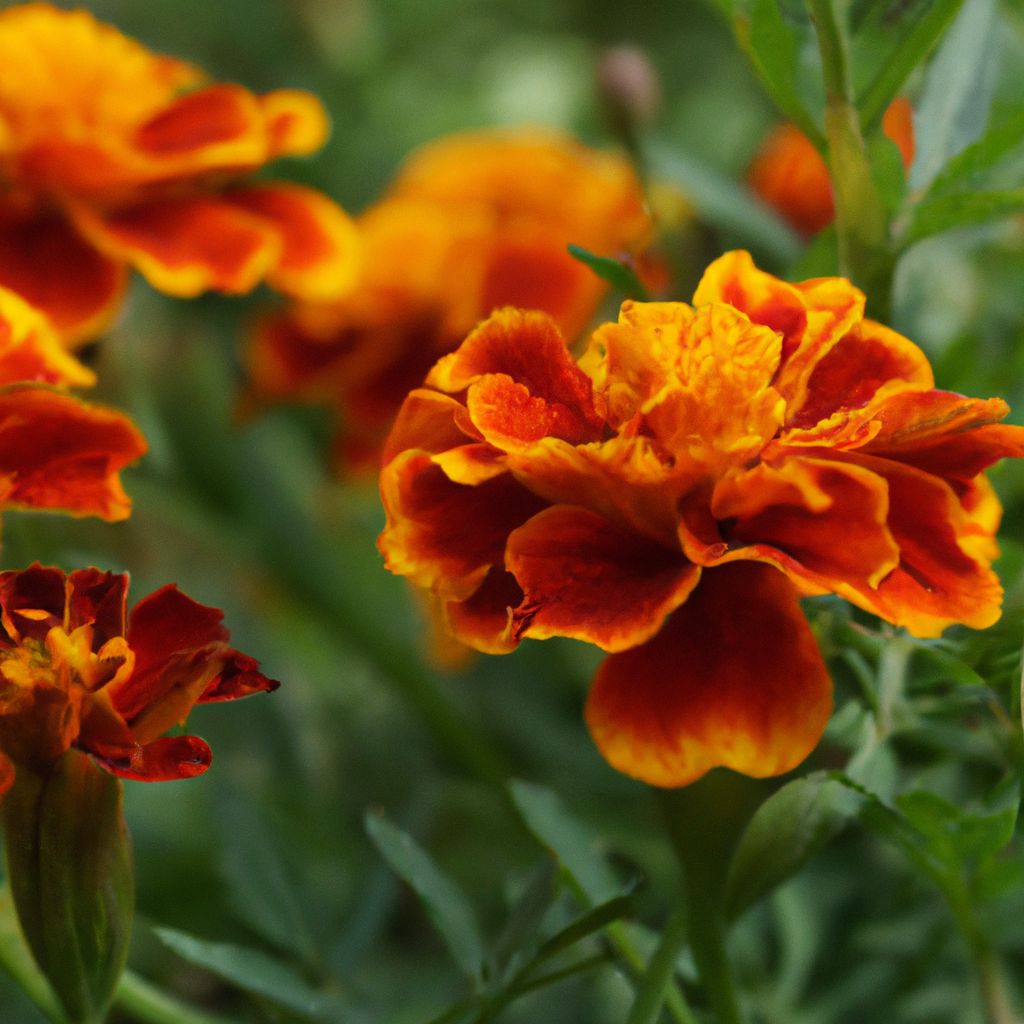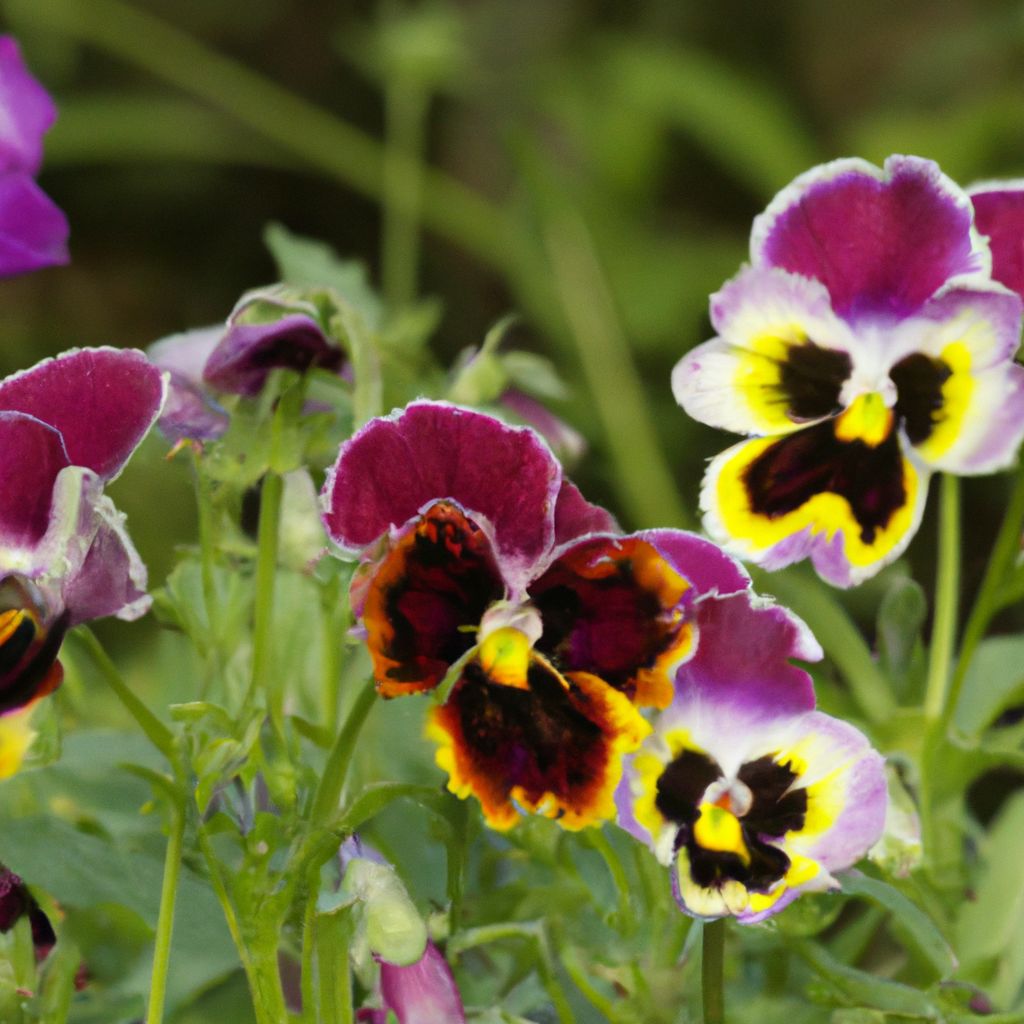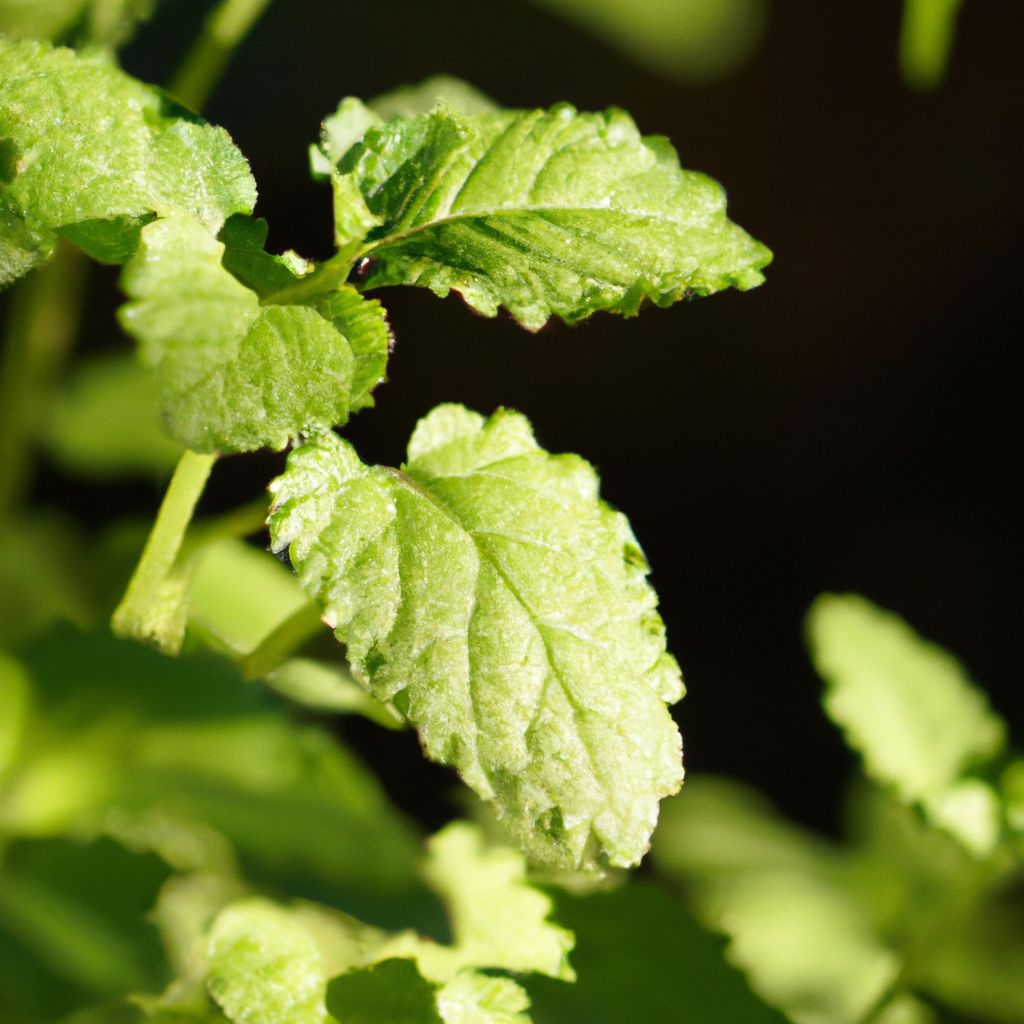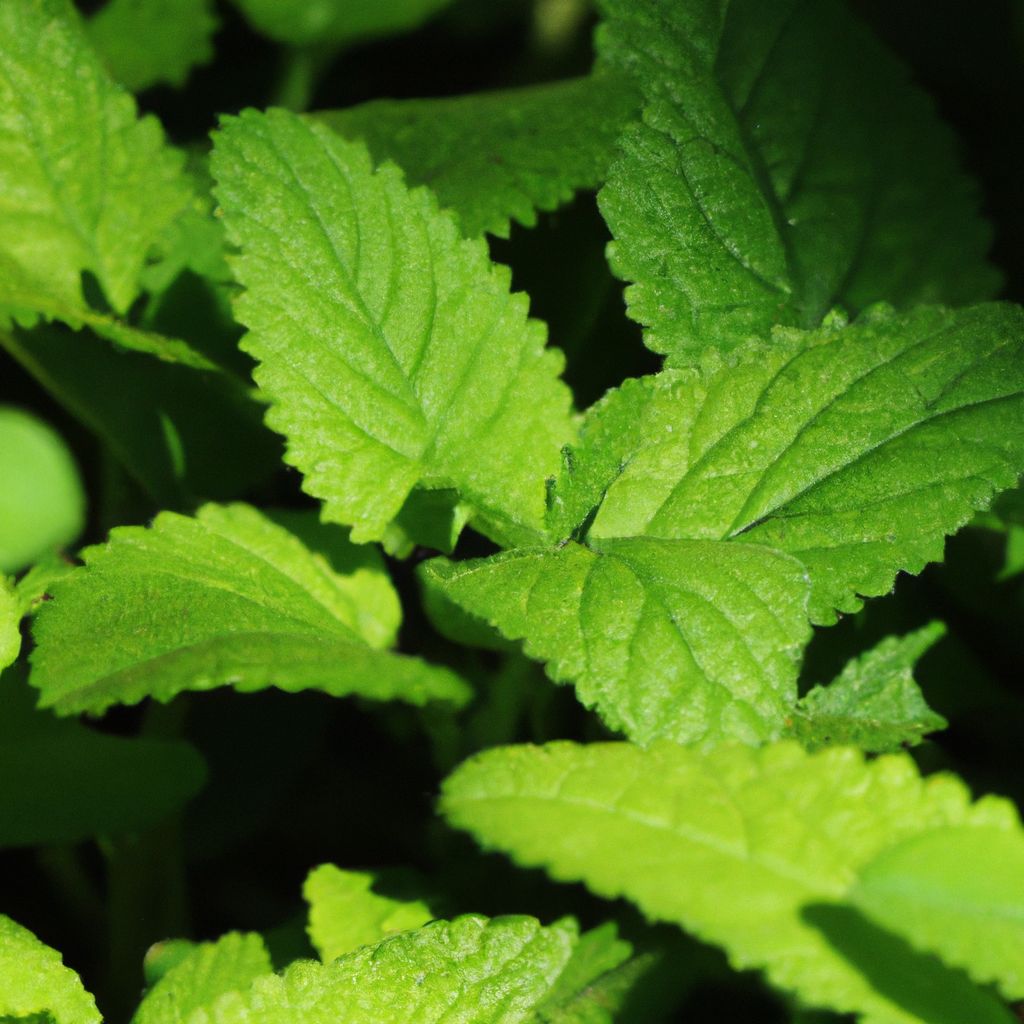A greenhouse garden is a gardener’s dream, a controlled environment where plants can thrive and flourish throughout the year. It’s a sanctuary, a serene space where gardeners can escape the elements and nurture their green-thumbed passions. In this comprehensive guide, we’ll explore the art of caring for a greenhouse garden, unlocking the secrets to a lush and bountiful oasis that will inspire and delight.
What is a Greenhouse Garden?
A greenhouse garden is a specialized gardening space designed to create an optimal growing environment for plants. Unlike traditional outdoor gardens, greenhouses offer protection from harsh weather conditions, pests, and diseases, allowing gardeners to cultivate a diverse array of plants, including delicate and exotic species that might not otherwise survive in their local climate.
Benefits of a Greenhouse Garden
The advantages of having a greenhouse garden are numerous. First and foremost, it extends the growing season, enabling gardeners to start planting earlier in the spring and continue harvesting well into the fall or even winter months. This extended growing period means a more abundant and diverse yield, providing fresh produce year-round.
Moreover, greenhouse gardens offer greater control over the growing conditions, allowing gardeners to regulate temperature, humidity, and lighting to suit the specific needs of their plants. This controlled environment not only promotes healthier plant growth but also reduces the risk of pests and diseases, minimizing the need for harsh chemical treatments.
Setting the Stage: Preparing Your Greenhouse Garden
Location Considerations
Choosing the right location for your greenhouse garden is crucial. Ideally, it should receive ample sunlight throughout the day, as most plants thrive on at least six hours of direct sunlight. Additionally, consider wind protection, accessibility, and proximity to water and power sources for optimal convenience and efficiency.
Here are some key factors to consider when selecting the location for your greenhouse garden:
- Sunlight Exposure: Ensure the location receives maximum sunlight throughout the day, as plants rely on adequate light for photosynthesis and growth.
- Wind Protection: Choose a site that is sheltered from strong winds, which can damage the greenhouse structure and stress plants.
- Accessibility: Position the greenhouse in an easily accessible area for convenient maintenance, watering, and harvesting.
- Water Source: Proximity to a water source, such as a hose or irrigation system, will make watering your plants more manageable.
- Power Supply: If you plan to install heating, cooling, or lighting systems, ensure access to a reliable power source.
Soil Preparation
Before planting, it’s essential to prepare the soil within your greenhouse. Test the soil’s pH level and nutrient content, and amend it accordingly with organic matter, such as compost or well-rotted manure. This will ensure your plants have access to the necessary nutrients for optimal growth and development.
To prepare the soil for planting in your greenhouse garden, follow these steps:
- Clear the Area: Remove any debris, weeds, or rocks from the designated planting area.
- Test the Soil: Conduct a soil test to determine its pH level and nutrient content. This will help you identify any deficiencies or imbalances that need to be addressed.
- Amend the Soil: Based on the results of the soil test, add organic matter such as compost or well-rotted manure to improve the soil’s fertility and structure. Mix it thoroughly into the existing soil.
- Loosen the Soil: Use a garden fork or tiller to loosen the soil, breaking up any compacted areas. This will promote better root growth and water drainage.
- Level the Soil: Smooth out any uneven areas to create a more uniform planting surface.
- Mulch the Soil: Apply a layer of organic mulch, such as straw or wood chips, to help conserve moisture, suppress weed growth, and regulate soil temperature.
- Water the Soil: Before planting, thoroughly water the soil to ensure proper hydration for your plants.
Greenhouse Setup
Selecting the appropriate greenhouse structure is another critical step. Consider factors such as the size, design, and materials that best suit your gardening needs and budget. Once the structure is in place, install proper ventilation, heating, and cooling systems to maintain an ideal growing environment for your plants.
Here are some important considerations for setting up the greenhouse structure:
- Greenhouse Type: Choose the right type of greenhouse for your needs, such as freestanding, lean-to, or DIY kits. Consider factors like space availability, types of plants you’ll grow, and your budget.
- Foundation: Prepare a sturdy and level foundation using materials like concrete, treated wood, or gravel to ensure the greenhouse is stable and secure.
- Frame Assembly: Follow the manufacturer’s instructions or DIY plans to assemble the greenhouse frame, connecting the metal or wooden beams securely.
- Covering: Attach the greenhouse covering, such as glass, polycarbonate panels, or plastic film, to the frame, ensuring a tight seal for proper insulation and protection.
- Doors and Vents: Install doors for easy access and vents for airflow regulation, which is crucial for temperature control and preventing humidity buildup.
- Shelving and Benches: Create space for your plants by installing shelves or benches, maximizing the use of the available space.
- Heating, Cooling, and Ventilation: Install appropriate systems for temperature control, such as heaters, fans, or evaporative coolers, based on your climate and plant needs.
Nurturing Your Greenhouse Garden
Watering Techniques
Proper watering is essential for the health and vitality of your greenhouse plants. Develop a consistent watering schedule, taking into account the specific needs of each plant species. Additionally, consider implementing drip irrigation or soaker hose systems for efficient water distribution and to minimize water waste.
Here are some tips for effective watering in your greenhouse garden:
- Check Soil Moisture: Regularly check the moisture level of the soil by sticking your finger into the soil or using a moisture meter. Water when the top few inches of soil are dry.
- Water at the Base: Water plants at the base, avoiding wetting the leaves, which can promote fungal diseases.
- Deep Watering: Water deeply, ensuring the water reaches the root zone, typically 6-8 inches deep for most plants.
- Watering Schedule: Establish a consistent watering schedule based on your plants’ needs, factoring in factors like temperature, humidity, and growth stage.
- Automation: Consider installing an automated irrigation system, such as drip lines or soaker hoses, for efficient water distribution and to maintain consistent soil moisture levels.
Temperature and Humidity Control
Maintaining the right temperature and humidity levels within your greenhouse is crucial for plant growth and development. Install thermostats and hygrometers to monitor conditions, and use ventilation, shading, heating, or cooling systems as needed to maintain the optimal range for your plants.
Here are some strategies for controlling temperature and humidity in your greenhouse garden:
- Ventilation: Proper ventilation is key to regulating temperature and humidity. Install vents, fans, or automated systems to circulate fresh air and expel excess heat and moisture.
- Shading: Use shade cloths, external shades, or apply shading compounds to greenhouse panels to reduce excessive heat and light during hot summer months.
- Heating: Install a greenhouse heater or consider passive heating methods, such as thermal mass or insulation, to maintain warm temperatures during colder months.
- Cooling: Evaporative coolers, fog systems, or exhaust fans can help lower temperatures and increase humidity on hot, dry days.
- Humidity Control: Use humidifiers, misting systems, or trays of water to increase humidity levels, or use dehumidifiers or fans to reduce excess moisture.
Lighting and Ventilation
Adequate lighting is vital for photosynthesis and plant growth. Supplement natural sunlight with grow lights if necessary, and ensure proper ventilation to prevent stagnant air and moisture buildup, which can lead to disease and pest infestations.
Here are some tips for optimizing lighting and ventilation in your greenhouse garden:
- Natural Light: Position your greenhouse to receive maximum sunlight throughout the day, orienting it towards the south if possible.
- Supplemental Lighting: If natural light is insufficient, install grow lights or LED fixtures to provide the necessary light intensity and spectrum for your plants.
- Light Levels: Use a light meter to monitor and adjust light levels, ensuring your plants receive the appropriate amount of light for their growth stage and species.
- Air Circulation: Install fans or open vents to promote air circulation, preventing stagnant pockets of air and moisture buildup that can lead to disease.
- Exhaust Fans: Install exhaust fans to expel hot air and regulate temperature and humidity levels, especially during hot summer months.
Battling Pests and Plant Diseases
Identifying Pests
Regular inspections are key to identifying and addressing pest infestations early on. Look for signs such as chewed leaves, holes, or sticky residue, and take immediate action to prevent further damage and spread.
Here are some common greenhouse pests to watch out for and their identifying signs:
- Aphids: Small, pear-shaped insects that cluster on stems and leaves, leaving behind sticky honeydew.
- Whiteflies: Tiny white insects that flutter when plants are disturbed, leaving behind white streaks on leaves.
- Spider Mites: Tiny, spider-like pests that create fine webbing on plant surfaces, causing yellow or brown stippling on leaves.
- Thrips: Slender, tiny insects that feed on leaves, causing silvery streaks or stippling.
- Slugs and Snails: Leave behind slimy trails and chew holes in leaves and stems.
Pest Prevention and Control
Implement integrated pest management strategies, such as introducing beneficial insects, using organic pesticides, or implementing physical barriers. Additionally, maintain a clean and well-organized greenhouse to discourage pests from taking up residence.
Here are some effective pest prevention and control methods for your greenhouse garden:
- Exclusion: Install screens, barriers, or use insect netting to prevent pests from entering the greenhouse.
- Sanitation: Remove plant debris, weeds, and potential pest hiding spots to discourage infestations.
- Biological Control: Introduce beneficial insects, such as ladybugs, lacewings, or parasitic wasps, to prey on pests naturally.
- Organic Pesticides: Use safe, organic pesticides like neem oil, insecticidal soaps, or horticultural oils as a last resort for severe infestations.
- Cultural Controls: Rotate crops, prune infested plants, and maintain optimal growing conditions to reduce pest populations.
- Monitoring: Regularly inspect plants and use sticky traps or pheromone lures to detect and monitor pest activity.
Recognizing Plant Diseases
Vigilantly monitor your plants for signs of disease, such as discoloration, wilting, or unusual growth patterns. Accurate identification is crucial for effective treatment, so consult with experts or reference materials as needed.
Here are some common plant diseases to watch out for and their identifying signs:
- Powdery Mildew: White, powdery fungal growth on leaves and stems.
- Botrytis (Gray Mold): Fuzzy gray mold on stems, flowers, and leaves.
- Bacterial Leaf Spot: Small, water-soaked spots or lesions on leaves that may turn yellow or brown.
- Downy Mildew: Yellow or brown patches on leaves, with fuzzy gray or purple growth on the undersides.
- Viruses: Stunted growth, discolored or distorted leaves, and ring patterns or mottling.
Treating Plant Diseases
Once a disease has been identified, act quickly to contain and treat it. This may involve isolating affected plants, applying appropriate fungicides or bactericides, or adjusting environmental conditions to discourage further disease spread.
Here are some effective strategies for treating plant diseases in your greenhouse garden:
- Isolation: Remove and isolate diseased plants to prevent the spread of the disease to healthy plants.
- Pruning: Prune off and discard infected plant parts, ensuring to sterilize pruning tools between cuts.
- Fungicides and Bactericides: Apply appropriate organic or chemical fungicides or bactericides as a last resort for severe infections.
- Environmental Control: Adjust temperature, humidity, and airflow to create unfavorable conditions for disease development.
- Sanitation: Remove and discard infected plant debris, and sanitize surfaces and tools to prevent disease spread.
- Crop Rotation: Rotate crops to different areas of the greenhouse to disrupt disease cycles.
- Resistant Varieties: Choose disease-resistant plant varieties to reduce the risk of infections.
Bountiful Rewards: Harvesting and Maintaining
Harvesting Tips
When it comes time to reap the rewards of your hard work, follow best practices for harvesting. Pick crops at their peak ripeness, handle them gently, and store them properly to maximize freshness and flavor. Additionally, regular harvesting can encourage continued plant production, increasing your overall yield.
Here are some tips for successful harvesting in your greenhouse garden:
- Timing: Harvest crops at the right time for optimal flavor and nutritional value. Different plants have different maturity periods, so research and observe each plant’s specific needs.
- Morning Harvest: Harvest in the morning when plants are typically more hydrated, which can make harvesting easier and help preserve the quality of the produce.
- Appropriate Tools: Use clean, sharp tools designed for specific crops to minimize damage and ensure clean cuts.
- Gentle Handling: Treat harvested crops gently to avoid bruising or other damage, and place them in appropriate containers or baskets.
- Proper Storage: Store harvested crops correctly, based on their specific requirements, to maintain freshness and flavor. Some crops may need refrigeration, while others should be kept at room temperature.
- Regular Harvesting: Continuously harvest ripe produce throughout the growing season to encourage continued growth and maximize yield.
Greenhouse Cleaning and Maintenance
To keep your greenhouse garden thriving, establish a routine for cleaning and maintenance. Remove debris regularly, sanitize tools and surfaces, and inspect the structure for any necessary repairs or replacements. A well-maintained greenhouse is essential for ensuring optimal growing conditions and long-term success.
Here are some essential greenhouse cleaning and maintenance tasks:
- Structural Cleaning: Regularly clean the greenhouse structure, including the glazing, frame, and floors, to remove dirt, debris, and fallen leaves that can harbor pests and diseases.
- Tool and Container Sanitation: Sanitize gardening tools, pots, and trays by wiping them down with a disinfectant solution to prevent the spread of pathogens.
- Debris Removal: Sweep or vacuum the greenhouse floor to remove plant debris, which can attract pests and diseases.
- Inspection and Repairs: Inspect the greenhouse structure for any cracks, leaks, or loose fittings, and make necessary repairs or replacements to maintain a stable and secure environment.
- Ventilation and Heating/Cooling System Maintenance: Clean and service fans, vents, heaters, and cooling systems to ensure proper functioning and maintain optimal environmental conditions.
- Seasonal Maintenance: Perform specific maintenance tasks based on the season, such as insulating the greenhouse for winter or installing shade cloths for summer.
By following these greenhouse cleaning and maintenance practices, you can create a clean, healthy environment for your plants, extend the lifespan of your greenhouse structure, and ensure a successful and bountiful gardening experience.
With dedication and the knowledge gained from this comprehensive guide, you can transform your greenhouse into a verdant paradise, a sanctuary where plants flourish and gardening dreams become reality. Embrace the journey, and revel in the joys of caring for a greenhouse garden, where every day brings new opportunities for growth, learning, and the celebration of nature’s bounty.











































